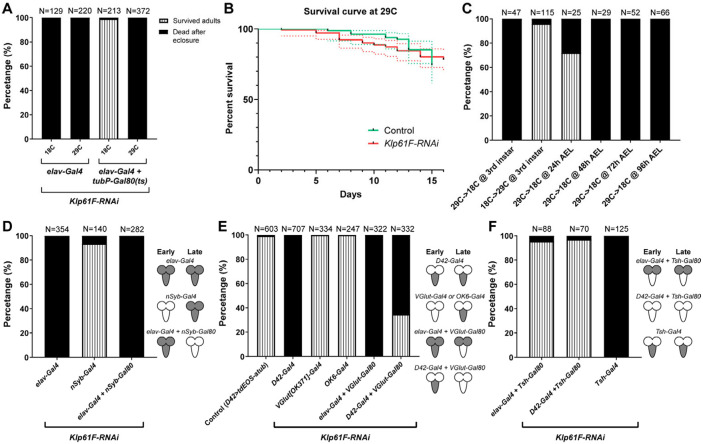Figure 2. Kinesin-5/Klp61F is required in early motor neurons for viability.
(A) Efficiency of the Gal4/Gal80(ts) system at permissive (18 °C) and restrictive (29 °C) temperatures. At both 18 °C and 29 °C, elavP>Klp61F-RNAi results in 100% lethality in eclosed adults. In contrast, Gal80(ts) suppresses the lethality caused by elavP>Klp61F-RNAi at 18 °C but not at 29 °C. (B) Adult survival curves of control (tubP-Gal80(ts)/+; elavP-Gal4/+) and Klp61F-RNAi (tubP-Gal80(ts)/UAS-Klp61F-RNAi #1; elavP-Gal4/+). Both samples were raised at the permissive temperature (18 °C, from embryos to adults) and then shifted to the restrictive temperature (29 °C, right after eclosure). N=84 for control and N=141 for Klp61F-RNAi. The dotted lines represent the 95% confidence intervals for each survival curve. The P value of the Gehan-Breslow-Wilcoxon test in GraphPrism is 0.8980 (not significant). (C) Temperature shifting experiments of Klp61F-RNAi flies (tubP-Gal80(ts)/UAS-Klp61F-RNAi; elavP-Gal4/+) at different development stages: 29 °C→ 18 °C, at 3rd instar larvae (L3b); 18 °C→29 °C, at 3rd instar larvae (L3b); 29 °C→ 18 °C, at 24 hours, 48 hours, 72 hours and 96 hours after egg laying (AEL). (D) Adult survival percentages with both early and late pan-neuronal expression (by elavP-Gal4), only late pan-neuronal expression (by nSyb-Gal4), and only early pan-neuronal expression (by combining elavP-Gal4 with nSyb-Gal80) of Klp61F-RNAi. (E) Adult survival percentages with both early and late motor neuron expression (by D42-Gal4), late motor neuron expression (by VGlut[OK371]-Gal4 or OK6-Gal4), or suppression of late motor neuron expression (by combining either elavP-Gal4 or D42-Gal4 with VGlut-Gal80) of Klp61F-RNAi. (F) Adult survival percentages with VNC-specific suppression (by combining elavP-Gal4 or D42-Gal4 with Tsh-Gal80) or VNC-specific expression (Tsh-Gal4) of Klp61F-RNAi. (D-F) The cartoons on the right illustrate the expression pattern of the Klp61F-RNAi (gray) at early and late stages.

